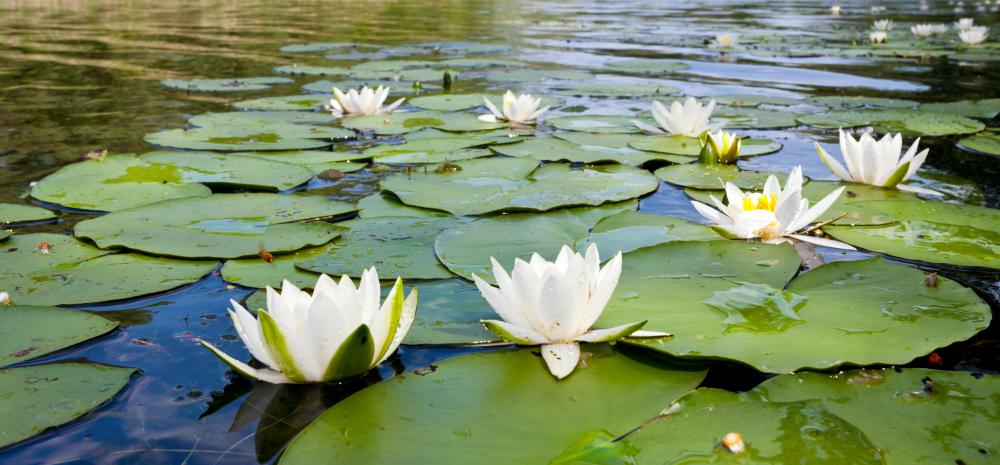At HomeQuestionsAnswered, we're committed to delivering accurate, trustworthy information. Our expert-authored content is rigorously fact-checked and sourced from credible authorities. Discover how we uphold the highest standards in providing you with reliable knowledge.
What Is a Korean Garden?
A Korean garden is a garden that is designed according to traditional Korean landscaping principles. The main concern with these types of gardens is to remain as close to the natural state as possible, and so artificial man-made elements are kept to a minimum and incorporated only to focus on or to balance the natural elements. A Korean garden makes use of natural arrangements of plants, rocks, structures and water.
There are generally different categories of Korean gardens. These are determined according to where the garden is situated; such as if the garden is to be around a private home, a palace, a temple, an academic institution, a pavilion, a cemetery or a village. The gardens in each case will be designed uniquely, although they'll include similar gardening elements.

A common feature found in most Korean gardens is the presence of evergreen trees like red pines, fruit trees like pears and cherries, water plants like lotuses and lilies, and groves of bamboo. The plants and trees are generally arranged to recreate the feel of a natural woodland, and many flowering plants are specifically planted to attract birds and animals.

Rocks and gravel may be arranged in groups and formations to resemble mountains or hills, or may be arranged around ponds to give them a more natural look. Smaller rocks and gravel may also be strewn alongside the borders of the slightly curving pathways. As perfectly straight pathways are rare in nature, there are less of these in a Korean garden.

Water is a very important element in Korean gardens. Ponds not only keep the garden temperature cool, they can also be a direct source for keeping the garden well-irrigated. In the olden times, when most buildings were of wood and the threat of fire was ever present, it made practical sense to have a pond at hand to help douse the flames in the event of disaster. The ponds in a Korean garden may be lined with stone, stocked with koi fish and planted with lilies and lotuses.
If the pond is large, it may also have a bridge spanning it. Stone animals and motifs are often used as garden decorations, and many Korean gardens also have a pavilion or two where people can sit and contemplate the natural, harmonious beauty around them. These structures and the whole garden layout actually are usually aligned to the east in accordance with feng shui principles.
AS FEATURED ON:
AS FEATURED ON:













Discuss this Article
Post your comments